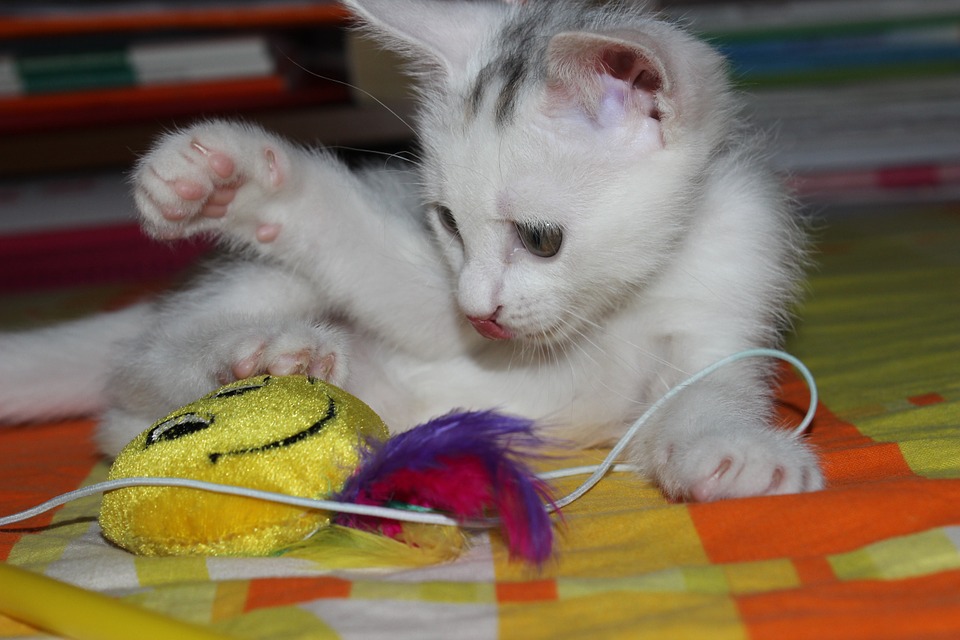Birth defects in kittens
Some kittens are born with deformities which become difficult for them to survive. The lucky ones can extend their lifespan through proper medical care and your support as a pet parent. The birth defects are most commonly seen in purebred cats due to genetic flaws and also among pregnant cats who are exposed to toxins or certain medications.
Here are a few birth defects most commonly found in cats:
- Spina Bifida: Kittens with this condition are born with an exposed spinal cord. This condition is commonly found in Manx kittens. You can easily spot this condition, especially in the next couple of weeks when the kitten starts to walk. He may exhibit an ungainly gait or a rear leg weakness. Some do not walk at all as a result suffer from incontinence. A surgery may be performed to correct the defect but if it still causes severe problem in your kitten it would be best to have her euthanized.
- Cleft palates: This condition is commonly seen in Siamese cats. A cleft palate is an opening in the roof of the mouth and is caused by the failure of the roof of the mouth to come together the embryonic development. This condition can be surgically corrected when the kitten is 3 to 4 months old. Food can be fed through a long nipple by making sure it reaches part of the mouth behind the palate or through a feeding tube inserted in the kitten’s stomach.
- Eye deformities: Some eye deformities can be noticed by birth and others by 6 and 8 weeks of age. Entropion is a condition where the eyelids roll inwards causing eye irritation. It is mostly found in Persian and Himalayan cats. Other eye conditions include missing eyes, eyelids or tear ducts, cataracts or extremely small eyes. Most of these conditions can be corrected surgically and these cats can enjoy the best of health and life when they are given proper care and love.
- Upper Respiratory Infections : They are typically caused by bacteria or viruses, which are passed along when other cats sneeze or exhale. Sneezing is the main symptom of upper respiratory infections in cats, though sometimes kittens will develop a yellowy goopy discharge from their eyes and a runny nose. If your kitten is having trouble breathing or refuses to eat, the situation is more serious. Take your kitten to the veterinarian as an emergency visit to be safe. After about a week of proper care, upper respiratory infections in cats tend to wane. However, some linger longer and the feline herpes virus can even remain dormant in your cat’s body, only to resurface and cause another upper respiratory infection later in life.(22%)

